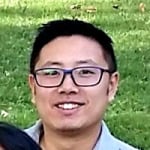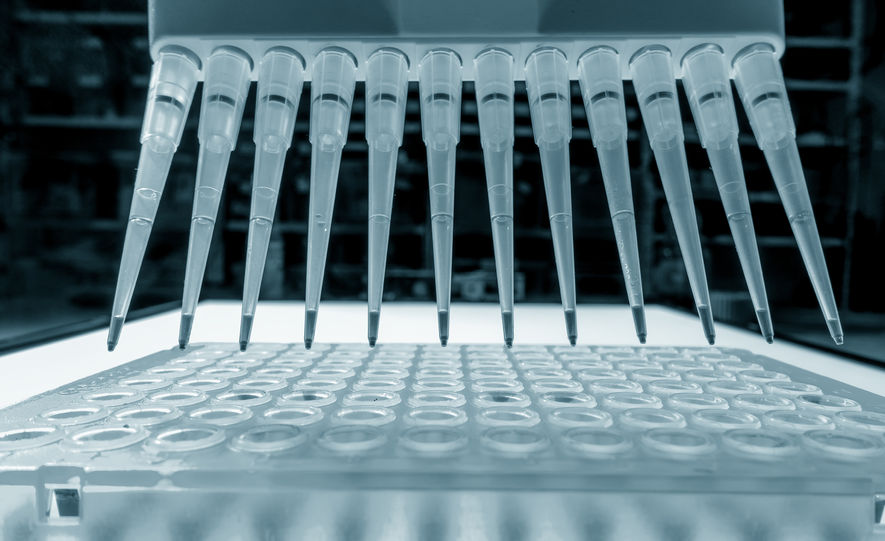 Mike Yee
Mike Yee
Next-generation sequencing is a powerful tool that has been employed for a wide range of purposes, from understanding the genome of extinct mammals such as the wooly mammoth in evolutionary studies, to profiling localized tumor environments in efforts to develop precise treatments. A recent article has highlighted how next-gen sequencing can be used to improve cancer screening by analyzing circulating tumor-derived DNA (ctDNA).
As mentioned by Aravanis et al., the challenges of screening for cancer include differentiating between healthy tissue and tumors where there could be false-positives (with mammography, for instance) and difficulty diagnosing with current screening methods. However, each individual tumor has a specific signature that can be exploited because it is distinguishable from healthy tissue. Changes to the DNA are even detectable in the blood circulation, as tested using a liquid biopsy collected from patients. As referenced by Aravanis et al., further studies have shown that epigenetic marks, such as DNA and RNA methylation, are detectable and aid in comparisons between healthy tissue and tumors.
The use of next-gen sequencing would allow the screen to cover hundreds or thousands more genes, detect ctDNA with improved resolution, detect novel variants, and allow for early cancer detection. However, because much more sequencing is needed, the costs would be very high, despite a steady decrease over the years. Aravanis et al. next emphasize that the design of the clinical development of such a ctDNA-based screening test would require a large number of comparisons between cancer patients, as compared to healthy individuals along with long-term follow-up studies. To aid in this study, the Circulating Cell-Free Genome Atlas (CCGA) has been launched and will contain information on such mutations found in circulating blood. Another resource is the Blood Profiling Atlas Project, which came from The Cancer Moonshot Initiative. Thank goodness for large-scale data and initiatives such as these.
Just to cover one method of next-gen sequencing here as cited by Aravanis et al., this article by Cheng et al. describes an assay called the Memorial Sloan Kettering-Integrated Mutation Profiling of Actionable Cancer Targets (MSK-IMPACT), which uses “hybridization capture-based next-generation sequencing.” The Memorial Sloan Kettering Cancer Center provides a succinct summary. MSK-IMPACT targeted 341 key cancer genes by using biotinylated DNA probes for all exons and some introns for those genes of interest. The captured DNA libraries were then sequenced on the Illumina HiSeq 2500 machine and analyzed for single nucleotide variants (SNVs), short indels, and other changes such as copy number and structural rearrangements. Part of the validation was the use of 284 tumor samples with known variants and indels that were already known. They performed in silico analyses to assess any “mix-ups” or contamination of samples. In this study, Cheng et al. noted that they “did not address the issue of admixture of tumor and normal DNA from the same patient.” Thus, Aravanis et al. addresses this with their study design that targets the circulating tumor-derived DNA, which enables the distinction between healthy tissue and tumor.
This is just one instance that highlights the immensely promising potential of next-gen sequencing, and cancer is just one of the direful diseases being addressed where greater precision of detection, screening, and treatment is much needed. Advances in next-gen sequencing technology enable developments that ultimately contribute to the improvement of patients’ For further reading, this article covers the method of using deep sequencing—what Newman et al. call CAPP-Seq—to quantitatively analyze ctDNA for non-small-cell lung cancer.
Quartzy is the world’s No. 1 lab management platform. We help scientists easily organize orders, manage inventory, and save money. We’re free and always will be. Visit Quartzy.com or reach out at info@quartzy.com.
Interested in writing for The Q? Send us an email!
Share this:

mikecyee
Mike has a Ph.D. in Biomedical Sciences from the University of California, Riverside, a M.S. in Cell and Molecular Biology from San Francisco State University, and a B.A. in English from the University of California, Berkeley.
